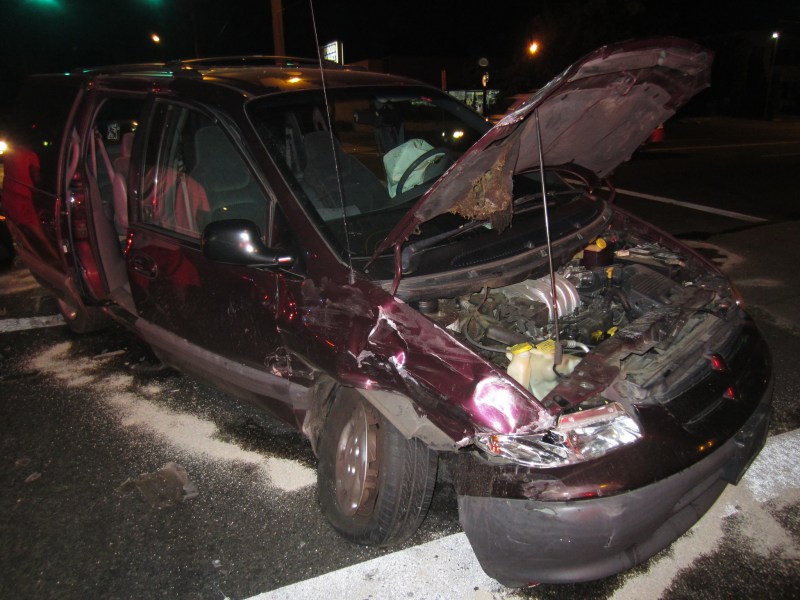Traffic Violence Report: Asleep at the Wheel, Colorado Drivers Injure 900

Streetsblog would like to thank The O’Sullivan Personal Injury Law Firm for supporting this series. Financial contributions do not influence our content. See our editorial policy.

For the years 2014 through 2017, sleep-related traffic injuries varied between 677 and 777, according to preliminary numbers from the Colorado Department of Transportation. The sharp rise last year makes it difficult to tell if the increase is an anomaly or the start of a trend. But a 2018 study from the AAA Foundation for Traffic Safety shows the number of such crashes could be as much as 10 times higher than government statistics.
“Federal estimates indicate drowsiness is involved in one to two percent of crashes,” said Skyler McKinley, a spokesperson for AAA Colorado. “We think drowsy driving is involved in about nine to 10 percent of all crashes.”
The AAA study looked for drivers with closed eyes in dashcam videos recorded in the three minutes before 905 crashes. And Sam Cole, CDOT’s traffic safety spokesperson, agrees that the agency likely undercounts both sleepy and distracted drivers.
“What is the leading cause of the crash? Someone on the phone? Someone drowsy at the wheel?” he asked. “Important information like that may not make it into the crash report because the driver is not so forthcoming with what actually happened.”
The risk of drowsy driving is equal to that of drunk driving, says McKinley.
“The bottom line is that just two to three hours of sleep loss can more than quadruple your risk for a crash,” he said. “That’s the same as driving drunk.”
And sleepy driving happens more than twice as much as drunk driving, according to a separate AAA study on people’s attitudes toward traffic safety. Of drivers surveyed, 27 percent reported “driving while being so tired that they had a hard time keeping their eyes open” in the last 30 days, compared to 11 percent who had driven drunk.
“This is a much more serious problem than (National Highway Traffic Safety Administration) data would have you believe,” said McKinley. “It’s a problem for every driver on the roads.”
The high number of sleepy drivers may indicate that people don’t take the problem seriously, says Cole.
“I don’t think people make the connection between their own safety on the roadway and lack of sleep,” he said. “It’s not just, ‘I guess I’m going to have a bad day because I’m tired.’ You’re actually jeopardizing safety when you drive.”
Drivers should plan to get enough sleep if they will be driving — and be willing to find another way to get around if they don’t, says McKinley.
“Anything less than about seven hours of sleep, you’re really endangering yourself and others,” he said. “So if you have not slept enough the night before, you have not earned the privilege to drive that day.”
The Denver Police Department reported no new traffic fatalities this week. Click here to see other Traffic Violence Reports.


